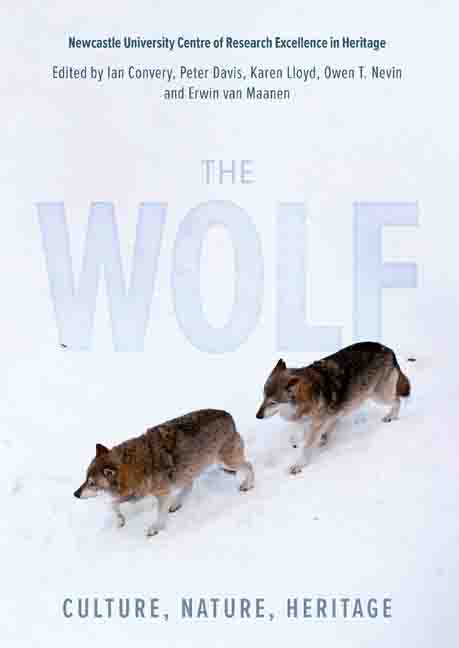Book contents
- Frontmatter
- Dedication
- Contents
- List of Illustrations
- Preface and Acknowledgments
- List of Abbreviations
- Poem: Trophic Cascade by Camille T Dungy
- Foreword
- Part I Imagining the Wolf
- Part II What Makes the Wolf
- Part III Return of the Wolf
- Part IV Personal Encounters
- Afterword: The Ecological Disadvantage of Living on an Island
- Glossary
- List of Contributors
- Index
24 - The Return of the Wolf in Germany: A Success Story of Rewilding with a Future?
Published online by Cambridge University Press: 10 January 2024
- Frontmatter
- Dedication
- Contents
- List of Illustrations
- Preface and Acknowledgments
- List of Abbreviations
- Poem: Trophic Cascade by Camille T Dungy
- Foreword
- Part I Imagining the Wolf
- Part II What Makes the Wolf
- Part III Return of the Wolf
- Part IV Personal Encounters
- Afterword: The Ecological Disadvantage of Living on an Island
- Glossary
- List of Contributors
- Index
Summary
SPECTACULAR COMEBACK
Shortly after the fall of the Iron Curtain, wolves dispersed from their Eastern Bloc refuges to recolonise much of their former territory in the West. There had been sporadic forays into Germany since World War II, but these wolves usually ended up as ‘roadkill’ or were shot as ‘zoo escapees’ (Worner 2014; Hachtel 2018). However, with the protection of the wolf in Poland in 1995 (Gula 2008; Nowak et al 2021) and a corresponding reduction in hunting in other parts of Eastern Europe, the stage was set for a return to Germany. This commenced with a successful wolf pairing in Lusatia (Lausitz) in eastern Saxony. In 2000 the first pups were born after more than 150 years of extinction (Reinhardt and Kluth 2007), sparking a new wolf era in north-western Europe1 (Ansorge et al 2010).
At first the Lausitz wolf population spread slowly around a close-knit formation of wolf territories in former lignite (‘brown coal’) extraction sites. From around 2008, young wolves from here and more from the east began to journey more widely across Germany, settling on former military sites and other large inaccessible areas such as peatlands along a north-western line (Andersen et al 2015; Reinhardt et al 2019; Van Maanen 2019). Here the wolves selected habitats with pronounced wild ungulate prey abundance and limited human interference.
By 2013 the German wolf population had reached 18 confirmed packs. That year the first pups were born in the Luneburg Heath region near Munster, marking the westernmost settlement of the wolf population. The population subsequently grew to 60 wolf packs in 2017; and again to 157 wolf packs in 2021, producing a recorded total of 556 pups (DBBW 2021a).
Wolf territories are currently concentrated in regions of northern Germany (notably the Luneburg and Lausitz regions), with still large ‘wolf-free’ gaps in other parts of the country (Fig 24.1), despite some of these areas appearing – superficially at least – to be suitable wolf habitat (eg with high prey abundance).
- Type
- Chapter
- Information
- The WolfCulture, Nature, Heritage, pp. 273 - 286Publisher: Boydell & BrewerPrint publication year: 2023

